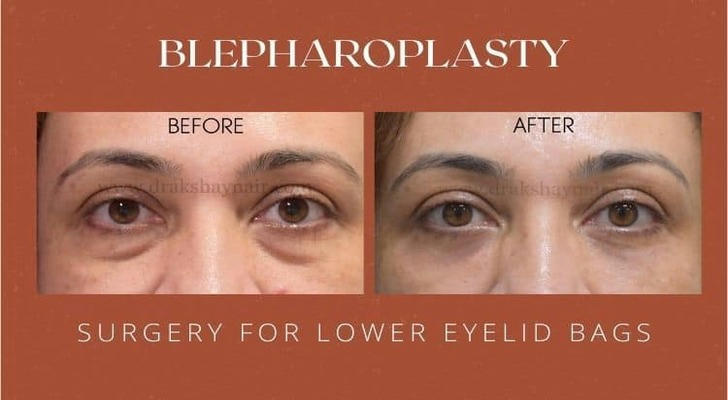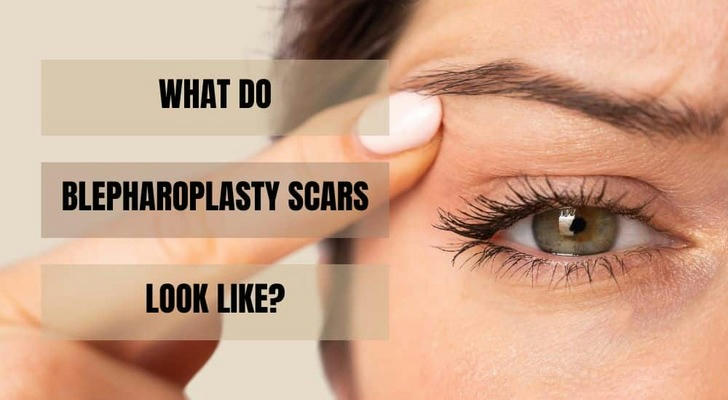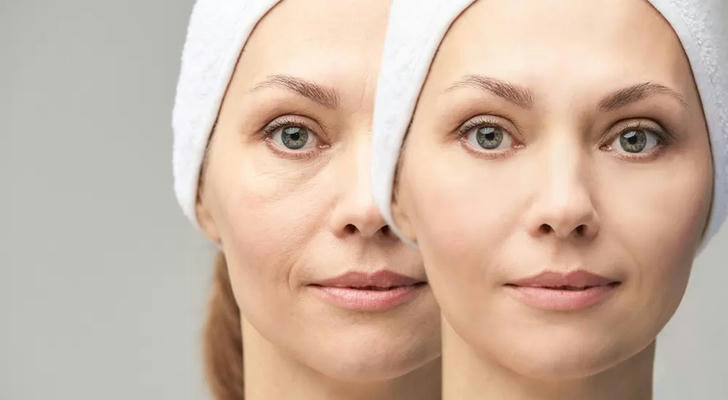Tired Eyes or Just Droopy Lids? The Science Behind Why We Choose Blepharoplasty
Blepharoplasty is one of the top five cosmetic surgeries worldwide, with over 1.5 million procedures performed annually. But what’s actually going on physiologically, psychologically, and socially that drives this demand?

What Is Blepharoplasty, and Why Do People Seek It?
Blepharoplasty, commonly referred to as eyelid surgery, is a cosmetic or functional procedure aimed at correcting excess skin, muscle, or fat around the upper and lower eyelids. While it’s often associated with vanity or anti-aging, the motivations behind blepharoplasty are varied and often more complex.
People frequently seek out this surgery when they notice their eyes looking persistently tired or droopy, even when they feel well-rested. For some, sagging eyelids interfere with vision, especially in the upper visual field. For others, it’s an emotional disconnect—they feel alert and healthy, but their appearance doesn’t match.
The Anatomy of Aging Eyes
The eye area is one of the first regions of the face to show signs of aging. As we age, the skin loses collagen and elasticity, leading to sagging. The orbicularis oculi muscle, which surrounds the eye, also weakens. Fat that cushions the eye may bulge forward, especially in the lower eyelids, creating a puffy or “baggy” appearance.
Gravity plays its part too. Over time, it pulls down on the soft tissues of the upper eyelid, sometimes causing them to droop over the lash line, a condition known as dermatochalasis. This not only changes facial appearance but may restrict peripheral vision.
Interestingly, even younger individuals may develop droopy eyelids due to genetics. If your parents had hooded or heavy eyelids, chances are you might inherit similar features, even in your 20s or 30s.
Vision and Functionality: More Than Skin Deep
For some, eyelid droopiness becomes more than just a cosmetic issue. When excess skin on the upper eyelid hangs low enough, it can obstruct vision, especially during activities that require upward gaze, like driving or reading.
This functional impairment can be diagnosed through a visual field test, and when vision is significantly affected, blepharoplasty may be considered medically necessary and even covered by insurance. In such cases, the procedure isn’t about looking younger but about improving quality of life.
Ptosis, a condition in which the upper eyelid droops due to poor muscle function, can also require surgical correction. This is different from excess skin; it's a mechanical issue involving the levator muscle that lifts the eyelid. Often, blepharoplasty is performed in conjunction with ptosis repair to restore both form and function.

Psychology and Self-Perception: The Face in the Mirror
We subconsciously read a lot into facial cues—especially around the eyes. Droopy eyelids, dark circles, and puffiness can project emotions like fatigue, sadness, or even anger. This can be jarring when it doesn’t reflect how someone feels inside.
Psychologists refer to this mismatch as a form of cognitive dissonance. When people feel energetic but look exhausted, it can affect their confidence and social interactions. Research in facial perception shows that youthful eyes are perceived as more open, alert, and approachable.
In fact, studies have demonstrated that people who undergo blepharoplasty report improvements in self-esteem, mood, and even social engagement. For many, the choice isn’t about chasing eternal youth—it’s about restoring harmony between their appearance and identity.
The Social Optics of Eye Contact
In a digitally connected world where video calls and selfies are the norm, our faces—particularly our eyes—are constantly on display. Eye contact remains a powerful tool in communication, and perceived eye expressions can strongly influence how others respond to us.
Sagging eyelids can make someone appear disinterested or disengaged, which may affect job interviews, public speaking, or leadership perceptions. While society is becoming more inclusive of different appearances, subtle biases around facial aesthetics still exist.
Blepharoplasty, then, becomes a personal response to societal pressures, digital visibility, and internal narratives. It’s not just about “looking better,” but often about feeling seen in the right way.
The Science of Surgery and Recovery
Modern blepharoplasty is a relatively quick procedure, typically performed under local anesthesia with sedation. Surgeons make incisions along natural eyelid creases to remove or reposition skin, muscle, and fat. The goal is not to dramatically change appearance but to create a refreshed, natural look.
Recovery is straightforward for most patients. Bruising and swelling subside in one to two weeks, and scars tend to fade into the eyelid’s natural contours. Complication rates are low, and satisfaction rates are high—over 90% of patients report positive outcomes.
In some cases, patients opt for lower lid blepharoplasty to remove puffiness or "bags" under the eyes. This variation often involves repositioning fat rather than removing it, a technique that minimizes hollowness and preserves volume.

The Bottom Line: A Personal and Scientific Decision
Whether chosen for medical reasons or aesthetic goals, blepharoplasty is deeply personal. Its popularity reflects both advances in medical science and a broader cultural emphasis on the eyes as windows to the soul—and to our vitality.
Understanding the anatomical, functional, psychological, and social factors behind this surgery helps demystify it. For many, it’s not about vanity but about feeling like themselves again—clear-eyed, confident, and fully present.
